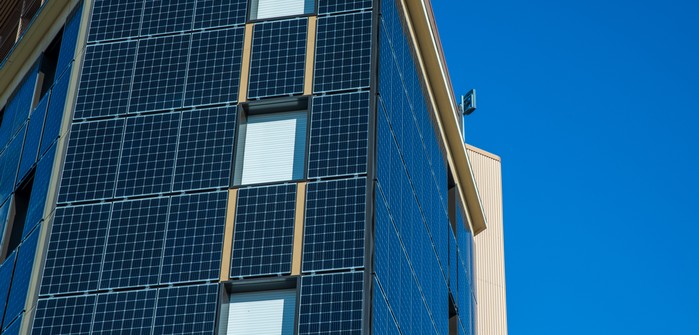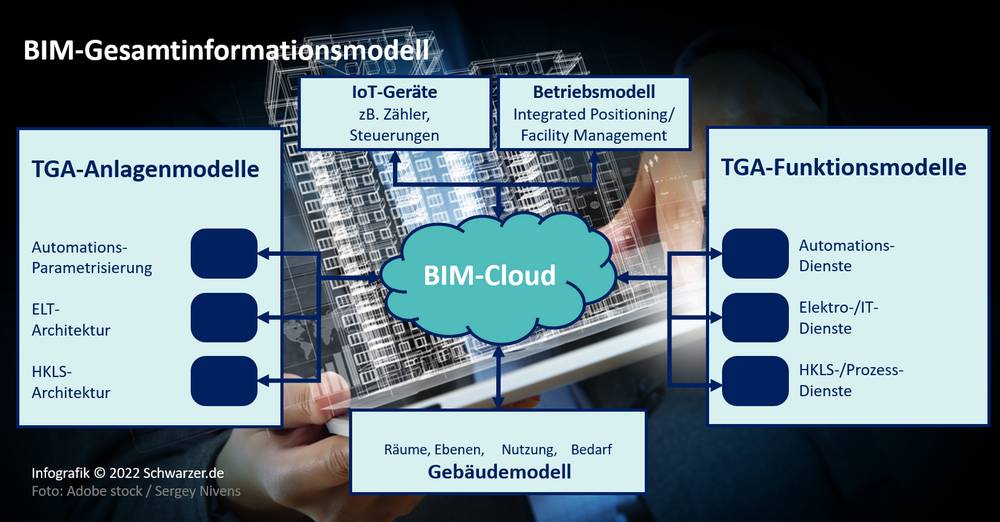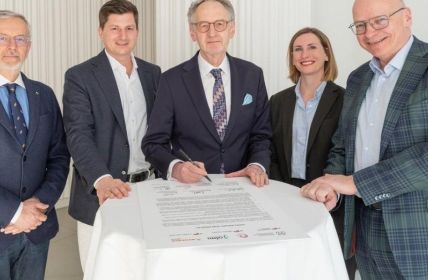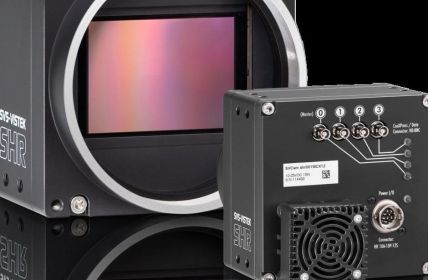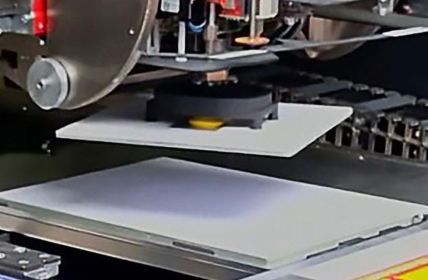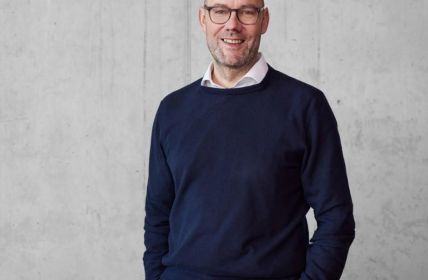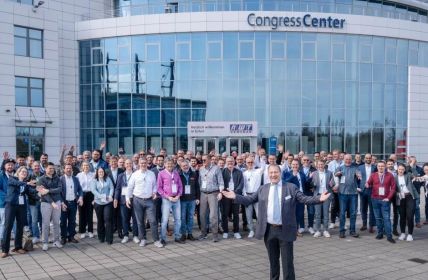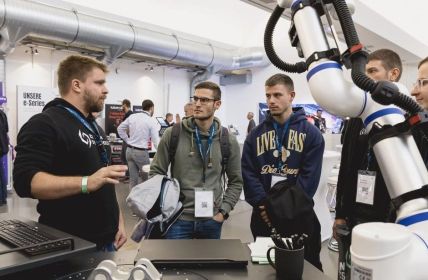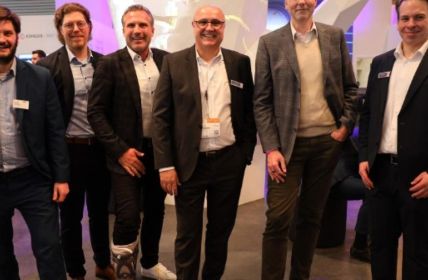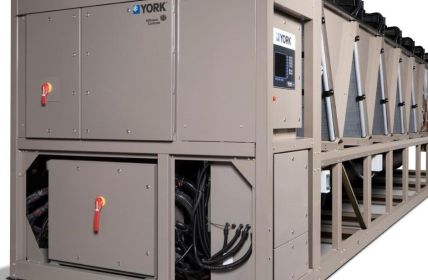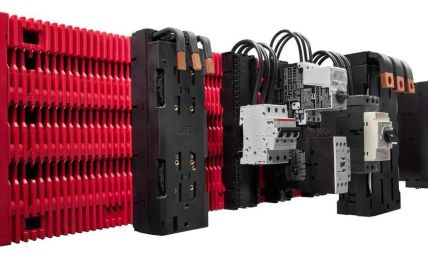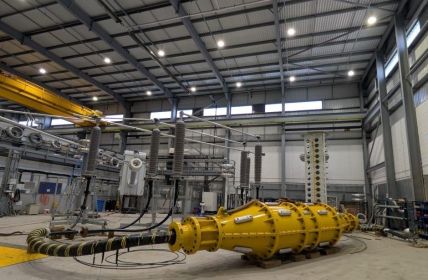The Fraunhofer Departments of Building Physics (IBP), Energy Economics and Energy Efficiency (IEE) are currently jointly developing intelligent modular facades for energy-efficient houses. They not only enable measurable savings in electricity and heat consumption. They are also expected to make a significant contribution to tackling climate change.
Table of Contents: What awaits you in this article
Real estate as an emissions driver
Real estate is considered a major emitter of greenhouse gases. Too many of them, often due to their age, have not yet been thermally insulated or optimized for electricity. This means that a lot of energy is lost unnecessarily, which not only puts a strain on consumers’ wallets but also on the environment. Further efforts are therefore needed in this area if the German government’s ambitious climate protection plans are to be implemented. Modern technology can make a significant contribution to this.
Energy-optimized buildings against climate change
The Fraunhofer Institute expects the optimization of building facades to make a decisive contribution to solving this problem. To this end, prefabricated modules are used in facades that can not only supply rooms with energy. In the future, they will also take over the functions of heating, air conditioning and ventilation systems inside. With the integration of technical building equipment (TGA), renewable forms of energy in particular will come into play here. In addition to photovoltaics (PV), this means in detail above all the installation of micro heat pumps and decentralized ventilation units with heat recovery function.
Low-effort installation of the EE module façade.
The Renewable Energy Module Façade can be used to renovate older properties as well as during construction. All equipment is already part of the module, which allows prefabrication. Their installation should involve as little effort as possible. This not only saves complete renovations. In the future, the scalable potential of the multifunctional solution, with the constant expansion through new modules, should also be emphasized more strongly. Thus, a constant adaptation to changing environmental conditions is always guaranteed.
EE module facade: Cost-efficient production
The project, which is funded by the German Federal Ministry for Economic Affairs and Energy (BMWI), can significantly reduce costs for financiers and manufacturers thanks to its high degree of prefabrication. The industrial production method offers all parties involved a high degree of transparency and the ability to plan the necessary costs. The installation of the module, which takes only a few hours, not only eliminates the need for time-consuming arrangements between those involved in the process. Thanks to the all-in-one nature of the module, there is also no need for extensive new construction of the connected infrastructure. All that is needed is a power connection so that electricity, heat and ventilation can be reliably supplied even in times when the sun is not shining. The tenants affected by the renovation do not even have to move out, as is usually the case.
BIM: Research basis for TGA
Years of research and practical testing are needed to make technical building equipment (TGA) possible in smart home construction. In Building Information Modeling (BIM), scientists and users from the construction industry are investigating how manufacturing processes can be made more efficient. Automated production seems to be a promising perspective. It can lead to extensive adjustments in related resources, liabilities and personnel. Computer-generated models, intelligent data processing and simulations can be used to make statements about all the subsections involved, which can lead to better end results. Tests under real conditions subsequently provide information on the practicability of the assumptions made here.


